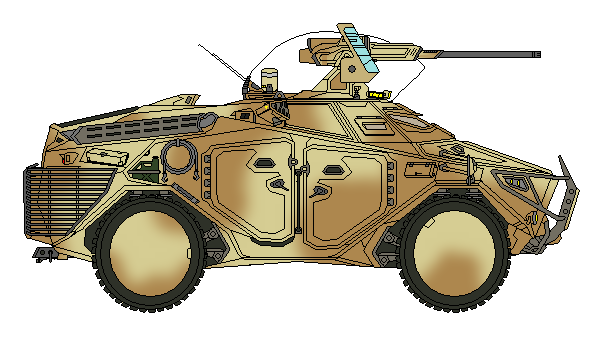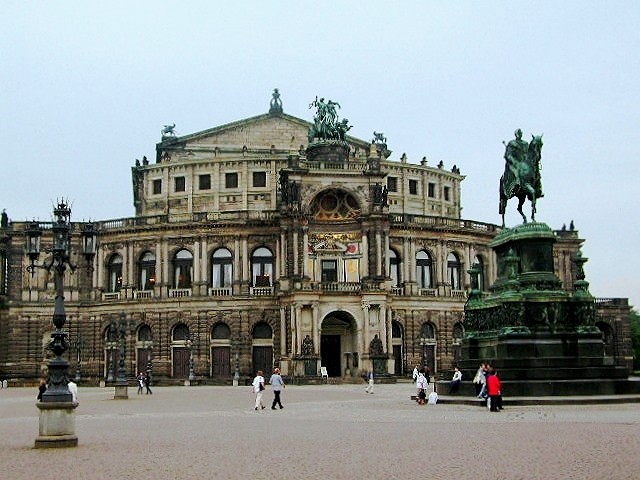Temeev Factbook


Head of State: Grand Duke Arthur Weldon
Head of Government: Chairman Klement Chatzgel
Capitol City: Iberini
Government System: Federal Republic and Constitutional Monarchy
National Anthem:
Party Motto: Victoria et Victoria
---Latin: Victory and Victory
Economic Policy: Keynesian corporatism/syndicalism
National Religion: 32% Protestant, 25% Roman Catholic, 22% Atheist/Agnostic/Apostasy, 21% Jewish
Population: 150,000,000
Area: 620,100 km^2
Population Density: 241/km^2
Currency: Praetonian Crown


Head of State: Grand Duke Arthur Weldon
Head of Government: Chairman Klement Chatzgel
Capitol City: Iberini
Government System: Federal Republic and Constitutional Monarchy
National Anthem:
Oh Temeev!
We hail ye' golden skies,
Ye' earthen fields prosper,
To you my heart lies!
Oh Temeev!
All the world can see,
Look near and far,
The greatest are ye'!
When liberty is imperiled,
When the enemy is on attack,
There is only one available,
To beat the savage back!
Oh Temeev!
We hail ye' golden skies,
Ye' earthen fields prosper,
To you my heart lies!
Party Motto: Victoria et Victoria
---Latin: Victory and Victory
Economic Policy: Keynesian corporatism/syndicalism
National Religion: 32% Protestant, 25% Roman Catholic, 22% Atheist/Agnostic/Apostasy, 21% Jewish
Population: 150,000,000
Area: 620,100 km^2
Population Density: 241/km^2
Currency: Praetonian Crown



















